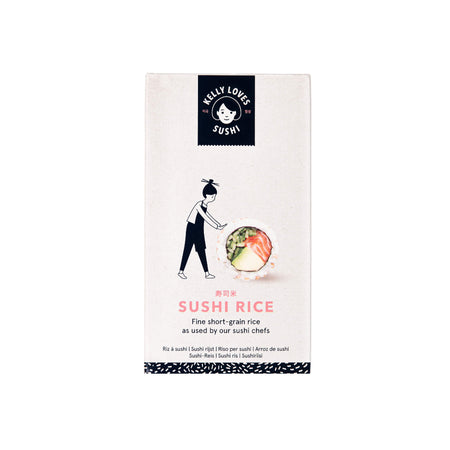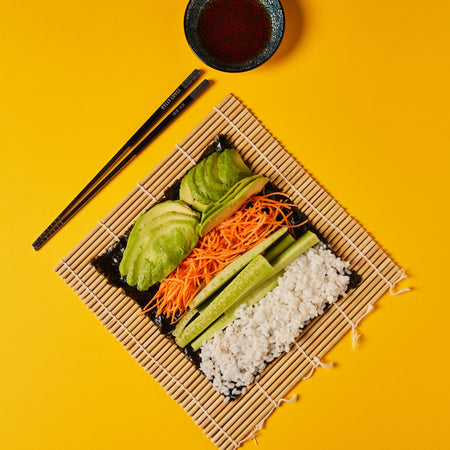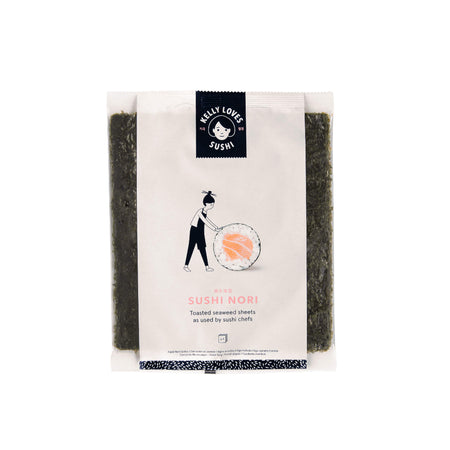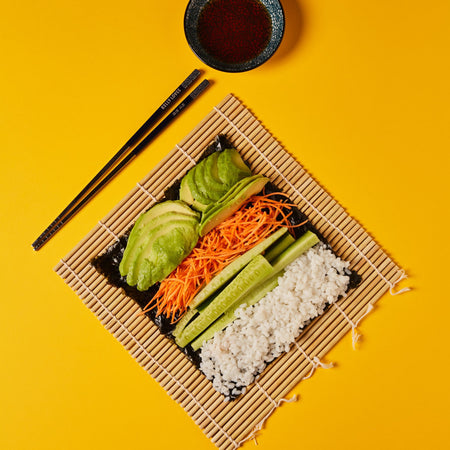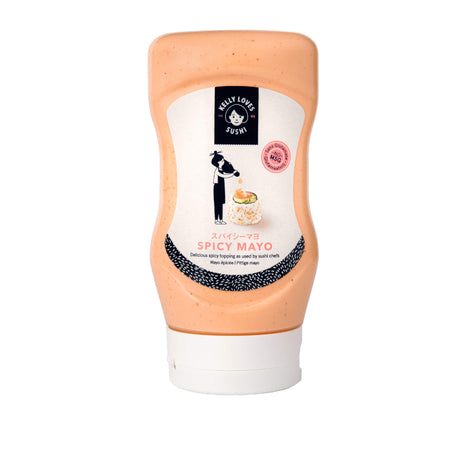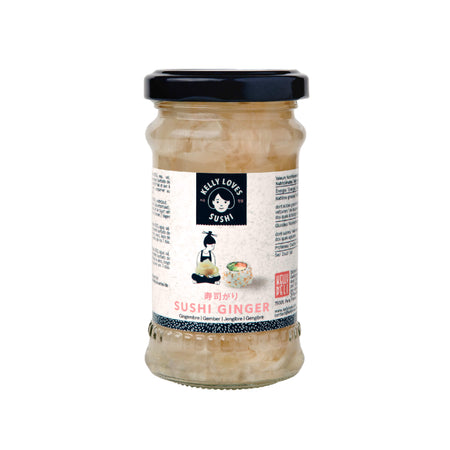Hamachi sushi: 4 types of Japanese amberjack sushi
Hamachi has different names in different regions of Japan, such as “wakashi” in the Kanto region, “inada” in Warasa, or the names “tsubasu” or “mejiro” in Kansai. But one thing they all agree on is that hamachi is delicious – and works incredibly well as a sushi dish.
So, what kind of sushi is hamachi?
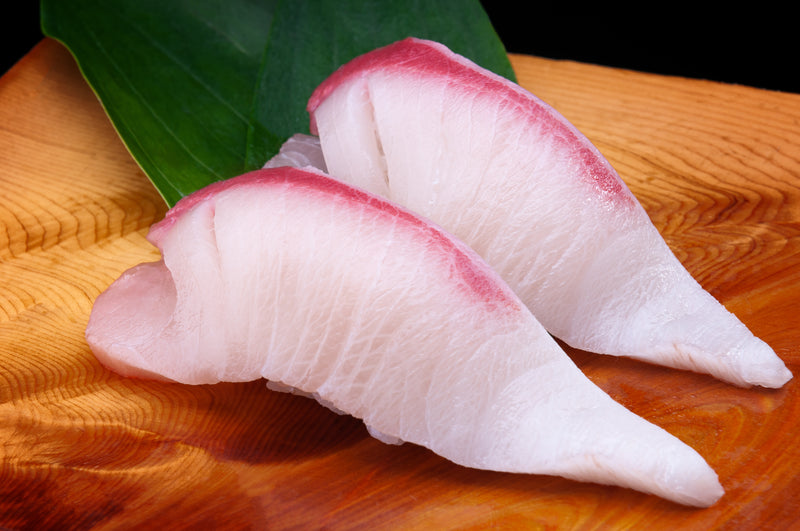
What is hamachi sushi?
Hamachi is Japanese for one type of yellowtail fish, which is a popular ingredient in sushi dishes. Hamachi sushi is just a variant of yellowtail sushi. It’s often served raw with vinegared rice that’s the most fundamental of sushi ingredients.
Another related name you might hear is amberjack. Is amberjack the same as hamachi?
No, hamachi is a species of the amberjack fish, otherwise known as the Japanese amberjack. Greater amberjack have been recorded at almost two metres long. But hamachi are generally just over a metre along and can be found in Pacific waters.
In Japan, however, the appetite for hamachi (and hamachi sushi) is so strong that they’re often farm-raised. Not only does this guarantee their availability, but it also means a greater fat content. And that’s one reason hamachi sushi is so commonplace in Japan: it’s a very succulent fish.
What does hamachi sushi taste like?
Of course, the overall taste of a hamachi sushi dish depends upon the style it’s prepared in and the condiments used. Thinner cuts will result in a more delicate taste, whereas thicker cuts have a meatier flavour.
However, the fish itself has a fairly mild, slightly sweet taste and a firm yet creamy texture. As a result, it’s perfect for sushi newcomers, as well as more experienced sushi lovers who know exactly what they want.
Types of Japanese amberjack sushi
This delicious fish has been used in all kinds of Japanese dishes for centuries. The boom in sushi restaurants across the world has only widened its appeal, allowing more people to enjoy its tempting flavours. Here are some of the most commonly-found hamachi sushi dishes.
Hamachi maki
Maki rolls are a familiar sight to us all, whether we’ve been eating sushi for years or have simply passed it in the supermarket. Usually wrapped in dried seaweed (“nori” in Japanese), maki rolls take small pieces of hamachi and pair them with vegetables like spring onions and cucumber. Of course, this being sushi, there’s also vinegared rice included in this neat little package.
On the side, you’ll probably find both wasabi and sushi soy sauce, and maybe some pickled sushi ginger to cleanse your palate between different sushi dishes. Our sushi making kits also include some moreish spicy mayo.
Hamachi nigiri
Sushi purists often favour nigiri sushi. They find it allows them to focus solely on the flavours, textures and aromas of the seafood (or meat), which is thinly sliced and placed on a neatly-pressed ball of rice.
This visually appealing form of hamachi sushi is a time-honoured way of serving Japanese amberjack. Nigiri sushi is sometimes known as “edomae” sushi, which takes its name from Edo, the former name of Tokyo. This type of sushi was born in the second half of the 19th century and has remained a staple in sushi restaurants ever since.
Hamachi sashimi
It’s not actually sushi at all, but sashimi is often confused with sushi. There’s no sushi rice anywhere, but the cuts of raw seafood/meat used are similar in their precision and quality. And with sashimi, it’s all about those cuts. Not only is there no rice, but there are also no other ingredients at all.
Sashimi is simply a thin, elegant slice of raw meat or seafood, with only wasabi and/or soy sauce on the side. Because of its extremely high quality, Japanese amberjack is a common choice for sashimi dishes.
Hamachi donburi
Donburi isn’t sushi either, but donburi dishes are another popular destination for hamachi fish. The hamachi is cooked alongside various vegetables, and served on top of rice.
Vegetables like spring onions, eggs, cabbage and radishes often feature in a donburi. They sometimes include sauces made from mixing a stock called dashi with soy sauce and mirin rice wine. Since donburi is usually a casual meal of convenience, leftovers are often used.
Donburi is a hearty way to enjoy the rich, buttery taste of hamachi.
But as we’ve discovered, hamachi is a delightfully versatile fish, which can be enjoyed in any number of recipes, including as a sushi dish. Although it goes by various names, lovers of seafood and sushi everywhere will make sure hamachi remains popular.
